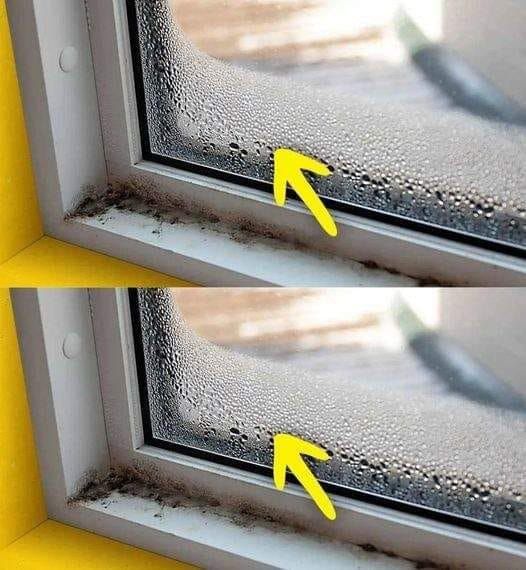ADVERTISEMENT
How to Eliminate Humidity in the House: 7 Simple Tips
Excess humidity in your home can lead to a variety of problems, from mold and mildew growth to uncomfortable living conditions and health concerns. High humidity can make your home feel warmer than it is, create a breeding ground for allergens, and damage furniture, walls, and flooring. Fortunately, there are simple and effective methods to reduce and manage indoor humidity levels. In this article, we’ll explore seven easy ways to eliminate humidity in the house, making your space more comfortable and healthier.
Why Humidity Levels Matter
Before we dive into the tips, it’s important to understand why humidity control is crucial for maintaining a comfortable and healthy indoor environment. Humidity refers to the amount of moisture in the air, and when it’s too high, it can:
- Encourage the growth of mold and mildew.
- Cause condensation on windows and walls.
- Lead to wood rot in furniture and flooring.
- Make the air feel warmer, leading to discomfort.
- Worsen respiratory issues such as asthma or allergies.
- Contribute to a musty odor that lingers in the home.
To maintain a comfortable and safe indoor environment, the ideal indoor humidity level is between 30% and 50%. If your home has excessive moisture, it’s time to take action to reduce it. Here are seven simple tips to help eliminate humidity in your house.
1. Use a Dehumidifier
One of the most effective ways to control humidity levels in your home is by using a dehumidifier. Dehumidifiers work by pulling moisture from the air, which helps to lower humidity and prevent the growth of mold and mildew. You can use dehumidifiers in individual rooms or throughout the entire house, depending on your needs.
- Portable Dehumidifiers: These are ideal for smaller spaces, such as bathrooms, bedrooms, or basements. Place the dehumidifier in the room where humidity levels are highest.
- Whole-House Dehumidifiers: If your home has persistent humidity issues, you may want to consider installing a whole-house dehumidifier. These systems integrate with your HVAC system to manage humidity throughout the home.
Dehumidifiers are especially useful in high-humidity areas like basements, laundry rooms, and bathrooms, where moisture levels can easily become excessive.
2. Ventilate Your Home Properly
Proper ventilation is crucial for controlling indoor humidity levels. Stale air and poor airflow can trap moisture inside your home, leading to higher humidity. Ventilation helps to move moisture-laden air out of the home and bring in fresh, dry air from outside. Here are some ways to improve ventilation in your home:
- Open Windows: When the weather allows, open windows in your home to let fresh air circulate. Cross-ventilation (opening windows on opposite sides of the house) is particularly effective in promoting airflow and reducing humidity.
- Use Exhaust Fans: Make sure exhaust fans in the kitchen, bathroom, and laundry room are working properly. These fans help remove excess moisture that can accumulate during cooking, showering, or washing clothes. Run these fans while and after using the spaces.
- Attic Ventilation: If you have an attic, ensure it is properly ventilated to prevent moisture buildup, which can lead to mold growth in both the attic and the rest of the home.
For Complete Cooking STEPS Please Head On Over To Next Page Or Open button (>) and don’t forget to SHARE with your Facebook friends
ADVERTISEMENT
